A Chinese research team has successfully constructed a high-precision terrain dataset of the Chang'e-6 landing area using high-resolution images captured by the mission. The dataset precisely identifies the Chang'e-6 landing site and reveals fine surface features of the moon, such as soil grain roughness, crater morphology, regolith thickness, and rock abundance, providing scientists with valuable insights into the site’s geological details and soil origin.
The information serves as an “ID card” for the lunar soil samples and is essential for subsequent laboratory analysis, Science and Technology Daily reported on Wednesday.
The research, conducted by a team led by Li Chunlai from the National Astronomical Observatories of the Chinese Academy of Sciences, has been published in the journal Nature Communications.
In this study, the researchers used data from the Chang'e-6 descent camera sequence and close-range stereo images captured by the panoramic camera to build a high-precision terrain dataset of the landing area.
They found that the Chang'e-6 landed on the southwestern edge of a crater (known as the Crater C1), which is approximately 51 meters in diameter and located in a region of lunar mare basalt. Comparative analysis showed that the surface roughness, crater depth-to-diameter ratio, regolith thickness, and rock abundance at this site fall between those observed at the Chang’e-4 and Chang’e-5 landing areas, suggesting that the surface exposure age of the site is also between the two.
The study also found the landing zone is covered with impact ejecta, with multiple radial ejecta rays visible in remote sensing imagery. Calculations indicate that the soil here is a “mixed recipe” – about 35 centimeters of local basalt (comprising 30-35 percent) likely originated from the nearby C1 crater, while an additional 5-16 centimeters of exotic material may have come from more distant craters.
This research provides crucial scientific evidence on the material origins of the Chang'e-6 lunar samples and lays a solid foundation for future laboratory analysis and in-depth study of the returned specimens, the report said.








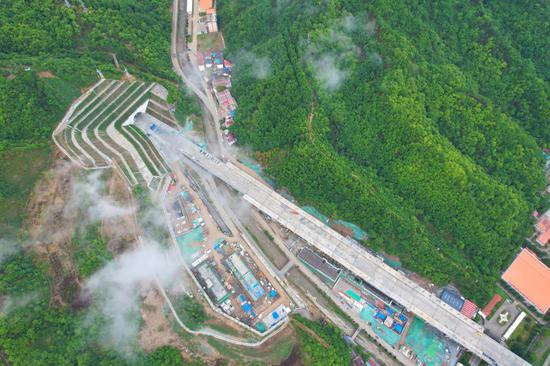




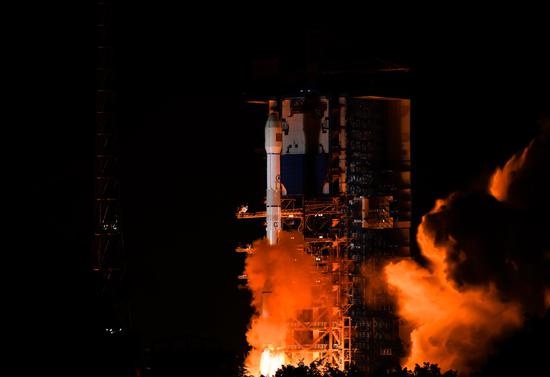
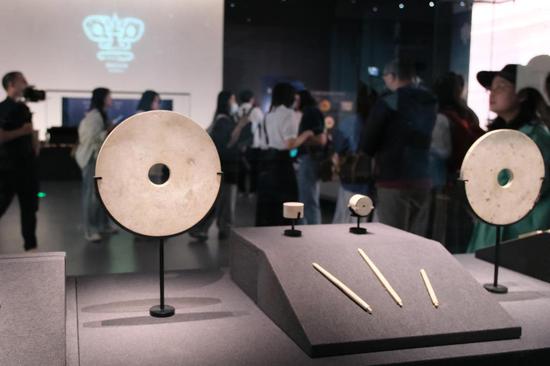


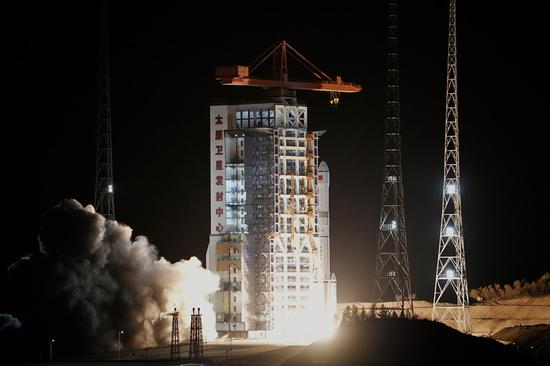



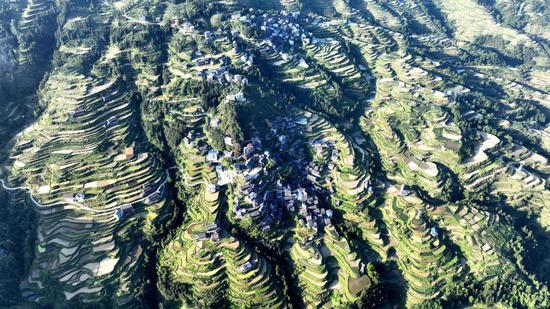


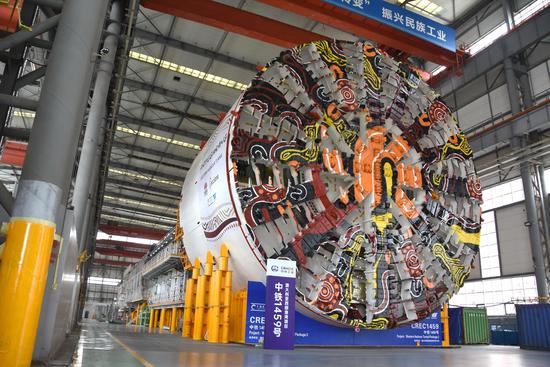








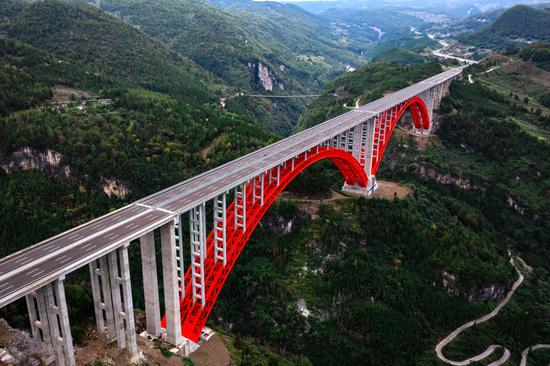



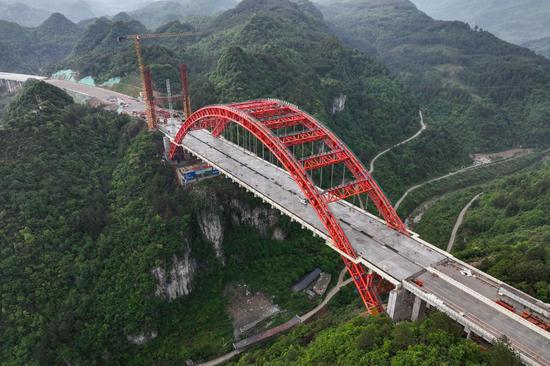
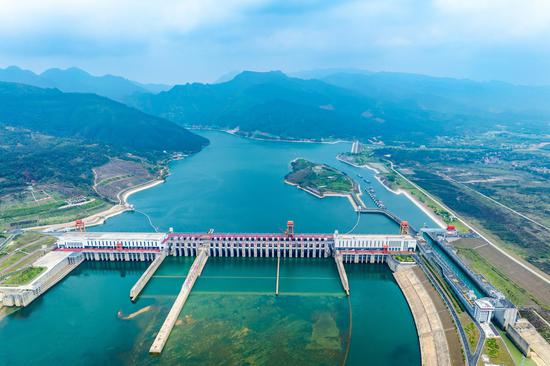


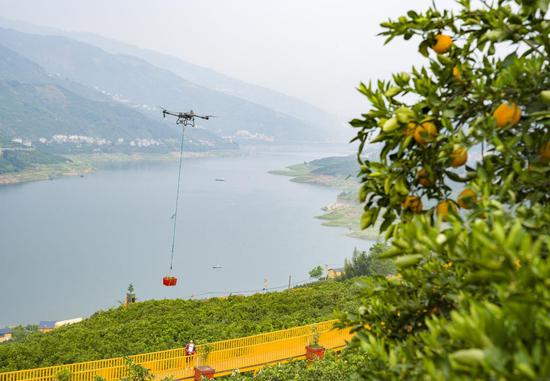








 京公網安備 11010202009201號
京公網安備 11010202009201號